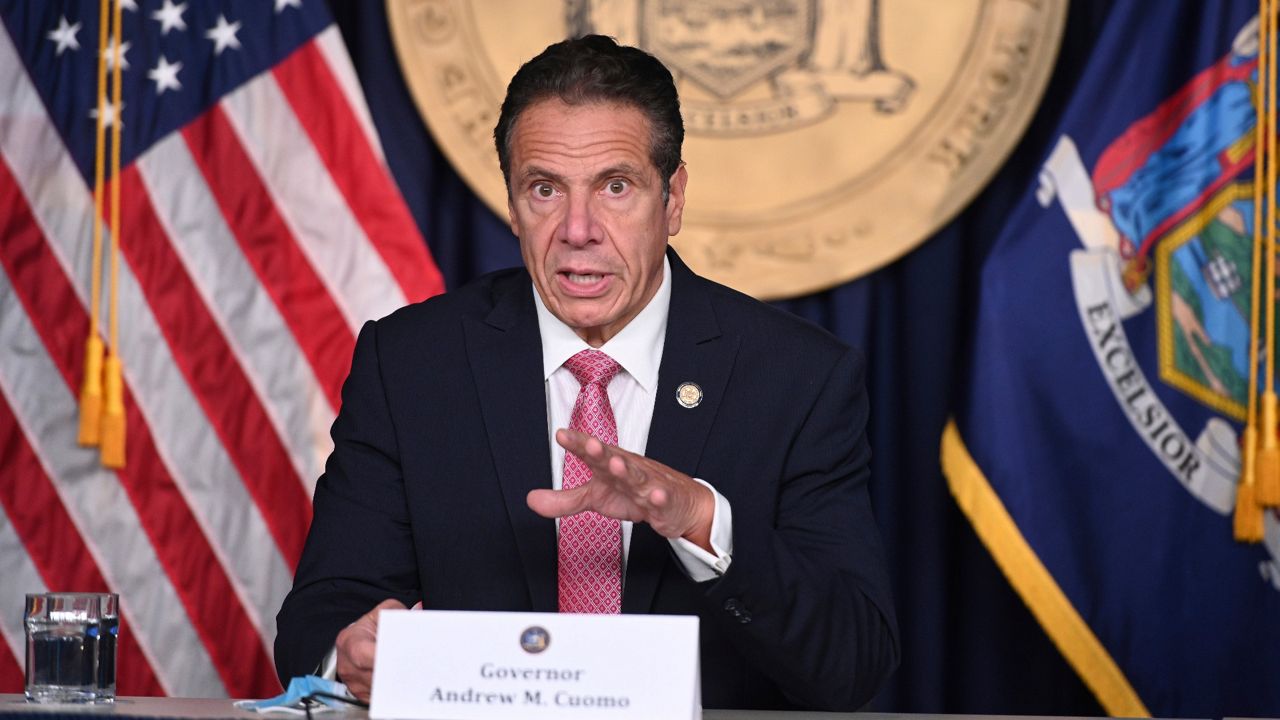Parts of Staten Island could become a red or an orange zone if the numbers don’t improve this week, Gov. Andrew Cuomo warned on Sunday.
“Staten Island is a serious problem,” Cuomo said during a press briefing. “We’re running into a hospital capacity issue that we’re dealing with on Staten Island.”
If the current infection rate stays on track, parts of Staten Island will go from a yellow zone to an orange or a red zone.
The governor also warned that Upper Manhattan might become a yellow zone, the first time an area of the borough would see additional restrictions since the micro-cluster strategy began earlier this fall.
Staten Island has seen a spike in cases over the last few weeks. On Sunday, the infection rate in some areas of the borough hit 5.6%, the highest in the city.
In red zones, restaurants must close all indoor and outdoor dining, and are only permitted to serve takeout and delivery. Houses of worship are limited to 25% capacity, or no more than 10 people, all mass gatherings are prohibited and only essential businesses are allowed to remain open.
In orange zones, indoor dining is not allowed, but outdoor dining can continue with a maximum of four people per table. Gatherings are limited to 10 people, high-risk businesses, including gyms and hair salons, must close, and houses of worship may operate at 33% capacity or no more than 25 people.
Most of Staten Island is currently designated a yellow zone, which limits gathering sizes and allows indoor and outdoor dining to continue but at a limited capacity.
Mayor Bill de Blasio closed public schools starting this past Thursday after the city’s rolling infection rate hit 3%. The state, which measures the infection rate differently, still shows the city’s seven-day infection rate below 3%.
Parts of Long Island and upstate are also on the “warning track” for restrictions.
On Sunday, the statewide infection rate reached 2.74%. It's at 2.29% when the micro-cluster zones aren't included.
The governor continues to warn New Yorkers of the possibility of a spike after the holidays, urging families to take precautions.
“December 1, December 10 you’ll start to see the results of what happened over the Thanksgiving weekend,” said Cuomo. “Rate goes up, there are more restrictions to slow the economy -- that’s bad for business. Rates go up and you overburden the hospital system.”



